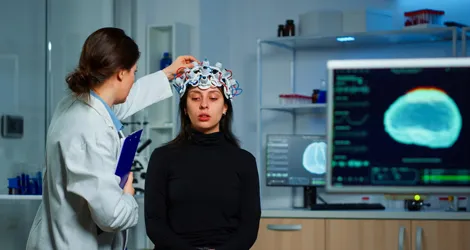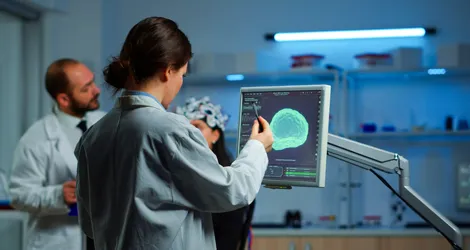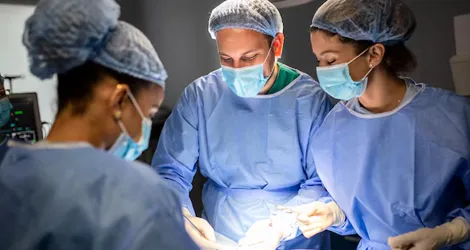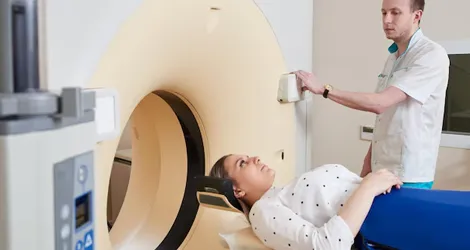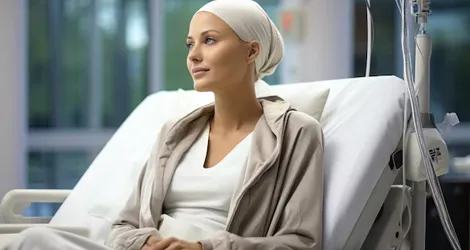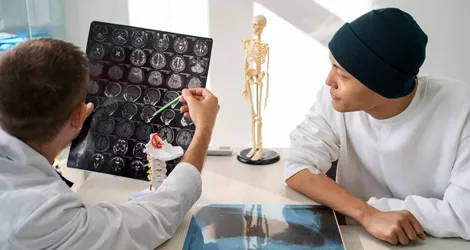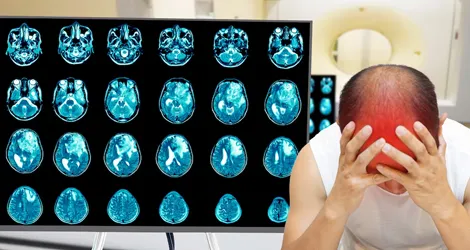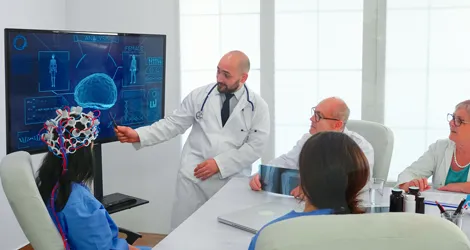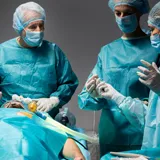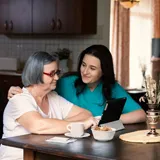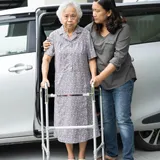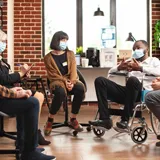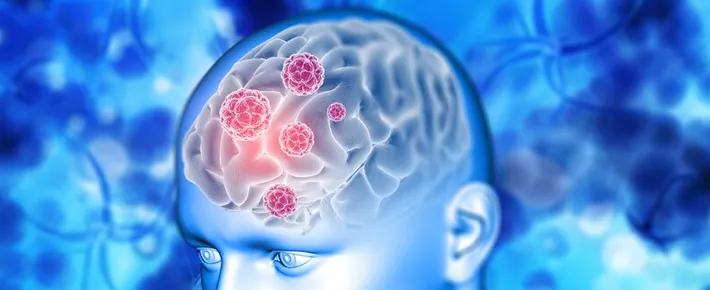Overview
Brain tumors can be cancerous or noncancerous, and they can happen in both children and adults. Even if a tumor isn’t cancer, it can still affect how the brain works if it grows big enough to press on nearby areas. There are different ways to treat brain tumors.

What is Brain Cancer?
A brain tumor is a lump or growth of unusual cells in or near the brain. When tumors form in the brain or spine, they are called central nervous system (CNS) tumors. Brain tumors can be cancerous or noncancerous. Some grow fast, while others grow slowly.
Only about one out of every three brain tumors is cancer. But even tumors that aren’t cancer can still affect your brain and health if they get big and press on nearby nerves, blood vessels, or brain tissue. When a tumor starts in the brain, it’s called a primary brain tumor. When it starts in another part of the body and spreads to the brain, it’s called a secondary or metastatic brain tumor. This article talks about primary brain tumors.
Types of Brain Cancer
Doctors and scientists have found over 150 different kinds of brain tumors. These tumors are usually grouped based on where they start and how they behave.
A primary brain tumor can be:
- Glial: Starts in the brain’s glial cells, which support and protect nerve cells.
- Non-glial: Starts in other parts of the brain, like nerves, blood vessels, or glands.
- Benign: Not cancerous and usually grows slowly.
- Malignant: Cancerous and can grow quickly or spread.
Some of these tumors can also appear in the spinal cord or spine.
Here are some types of brain tumors that are usually benign:
- Chordomas: Slow-growing tumors found at the base of the skull or lower spine. Most are not cancerous.
- Craniopharyngiomas: Grow near the pituitary gland deep inside the brain. Even though they are not cancerous, they are hard to remove because of their location.
- Gangliocytomas, Gangliomas, and Anaplastic Gangliogliomas: Rare tumors that form in nerve cells. Some may be more aggressive than others.
- Glomus Jugulare: Found just under the skull, near the top of the neck vein (jugular vein). They are the most common type of glomus tumor.
- Meningiomas: The most common type of primary brain tumor. They grow slowly in the meninges, the protective layers around the brain and spinal cord. Most are benign, but a small number can be cancerous.
- Pineocytomas: Slow-growing tumors that form in the pineal gland, a small gland deep in the brain that makes melatonin (a sleep-related hormone).
- Pituitary Adenomas: Tumors that start in the pituitary gland at the base of the brain. This gland controls many hormones in the body. These tumors usually grow slowly and can sometimes make too much hormone.
- Schwannomas: Common in adults, these tumors start in Schwann cells, which help carry nerve signals. The most common type is an acoustic neuroma, which affects the nerve that connects the inner ear to the brain.
About 78% of cancerous brain tumors that start in the brain are gliomas. These come from glial cells, which help nerve cells function properly.
Types of gliomas include:
- Astrocytoma: The most common glioma. It forms in star-shaped glial cells called astrocytes. These tumors can appear in many parts of the brain but are often found in the cerebrum.
- Ependymoma: Usually forms near the brain’s ventricles (fluid-filled spaces). These tumors grow from ependymal cells, which help move brain fluid.
- Glioblastoma (GBM): A very aggressive and fast-growing type of astrocytoma. GBM is one of the most serious brain cancers.
- Oligodendroglioma: A rare tumor that starts in cells that make myelin — the layer that protects and insulates brain nerves.
Another type of malignant brain tumor is Medulloblastoma:
- This fast-growing tumor forms near the base of the skull.
- It is the most common type of brain cancer found in children.





